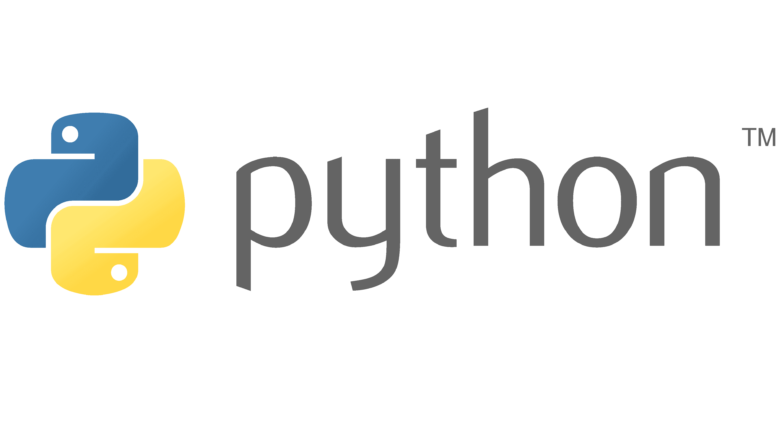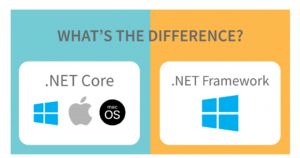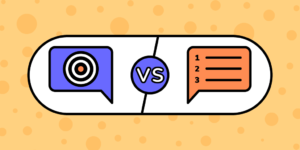Python is a popular programming language that is used for a variety of tasks, including web development, data science, and machine learning. It is a versatile language that is easy to learn and use, making it a good choice for beginners and experienced programmers alike.
This blog post will provide an introduction to Python, including how to install it and why we would use it. We will also cover some of the basics of Python programming, such as variables, data types, and control flow statements.
By the end of this post, you will have a solid understanding of Python and how to use it for your own projects.
I. Introduction
Welcome to the world of Python programming! Python is a versatile and widely-used programming language known for its simplicity, readability, and extensive range of applications. Whether you’re a complete beginner or an experienced developer looking to learn a new language, Python is a great choice to start your programming journey.
II. Advantages of Python
There are several advantages to using Python for programming:
Versatility: Python can be used for a wide range of applications, from web development and data analysis to artificial intelligence and scientific computing. Its flexibility allows you to tackle various tasks without having to switch languages.
Simplicity: Python has a clean and intuitive syntax that makes it easy to read and write code. This simplicity helps beginners grasp the fundamentals of programming more quickly and allows experienced developers to write clean, maintainable code.
Rich Ecosystem: Python has a vast ecosystem of libraries and frameworks that provide ready-to-use solutions for common programming tasks. Whether you need to work with databases, create web applications, or perform complex mathematical operations, chances are there’s a Python library available to help you.
III. Python’s Key Features
Python comes with several key features that set it apart from other programming languages:
Dynamic Nature: Python is dynamically typed, which means you don’t have to explicitly declare variable types. This flexibility allows for faster development and makes it easier to prototype ideas.
High-Level Data Structures: Python provides powerful built-in data structures like lists, dictionaries, and tuples, which simplify the manipulation and organization of data.
Object-Oriented Programming (OOP) Support: Python supports object-oriented programming paradigms, allowing you to create reusable and modular code. You can define classes and objects, encapsulate data and behavior, and benefit from concepts like inheritance and polymorphism.
IV. Installing Python
To get started with Python, follow these steps to install it on your operating system:
Windows:
Visit the official Python website (https://www.python.org) and download the latest version of Python for Windows.
Run the downloaded installer and follow the installation wizard’s instructions.
Make sure to check the box that adds Python to the system PATH to make it accessible from the command line.
Mac:
Mac computers usually come with Python pre-installed. Open the Terminal application and type python3 to check if it’s available. If not, proceed to the next steps.
Visit the official Python website (https://www.python.org) and download the latest version of Python for macOS.
Run the downloaded installer and follow the installation wizard’s instructions.
Linux:
Open the Terminal and check if Python is already installed by typing python3 or python. If not, proceed to the next steps.
Use the package manager for your Linux distribution to install Python. For example, on Ubuntu, you can use the command sudo apt-get install python3.
Once the installation is complete, verify that Python is installed by typing python3 or python in the Terminal.
V. Getting Started with Python
Now that you have Python installed, it’s time to start learning and practicing. Here are some tips and resources for beginners:
Online Courses: Websites like Codecademy, Coursera, and Udemy offer interactive Python courses designed for beginners. These courses provide a structured learning path, practical exercises, and quizzes to help solidify your understanding.
Python Documentation: The official Python documentation (https://www.python.org/doc/) is a valuable resource for learning the language. It provides detailed explanations, examples, and tutorials that cover all aspects of Python programming.
Books: There are numerous Python books available for beginners. Some highly recommended titles include “Python Crash Course” by Eric Matthes and “Automate the Boring Stuff with Python” by Al Sweigart. These books offer hands-on projects and practical examples to reinforce your learning.
Projects: The best way to learn Python is by building projects. Start with simple exercises, like creating a calculator or a text-based game, and gradually move on to more complex projects. Websites like GitHub and PyPI provide plenty of open-source projects to explore and contribute to.
VI. Conclusion
Python is an excellent choice for programming beginners. Its simplicity, versatility, and supportive community make it an accessible language to learn. By following this beginner’s guide, you have taken the first step towards becoming a Python programmer. Embrace the power of Python, continue learning, and let your creativity unfold. Happy coding!



